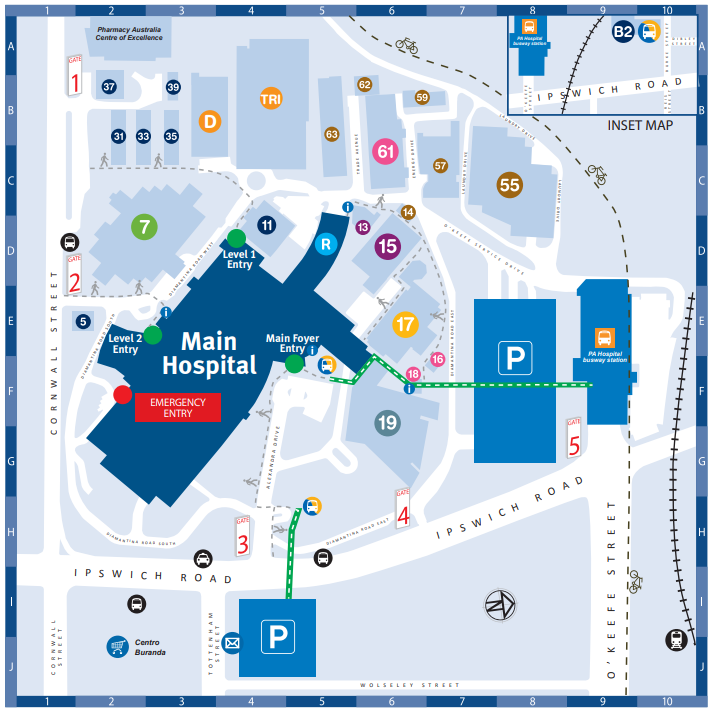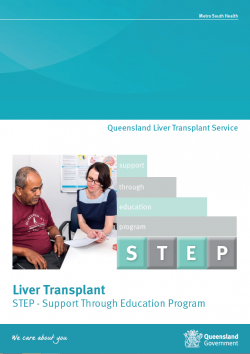STEP - Support Through Education Program
Step 5: The transplant operation
The liver transplant operation can take between 6–14 hours and is split into 2 parts. Because the new liver is placed into the same place as the old one, the right upper corner of the abdomen it is necessary to remove the old liver first. This is often difficult due to previous surgery, scarring, bleeding problems and the location of a major blood vessel.
Then the new liver has to be put in and connected. There are joins or anastomoses between donor and recipient hepatic artery, portal vein and bile duct. Major problems including leaks and blockages, can occur in these three areas.
Drains are inserted into the lower abdomen below the wound to drain away extra fluid which slows healing. They are removed when the drainage reduces in the following days. Patients who have large volumes of fluid in the abdomen before transplant may take longer to reduce the fluid and need the drains to stay in longer or have a bag placed over the drain site to collect the fluid.
A tube or stent may be placed in the bile duct across the join to maintain the bile flow and prevent a narrowing or stricture blocking the drainage of bile out of the liver. If a stent has been inserted, an abdominal X ray will be taken about 6 weeks post-transplant to check if the stent has passed via the bowel into the toilet. If the stent is still present, an endoscopy will be organised to remove it.
Every individual experiences and responds to pain differently. It is normal to have pain after an operation. The goal is to provide enough pain relief so that the liver transplant recipient can move, breathe deeply and cough. It is important not to be over-sedated or too drowsy. Always let the nursing staff know if pain is not relieved. The most common method of pain relief used today is the ‘Patient Controlled Analgesia’ (PCA) machine. The pain-relieving medication is administered via a pump connected to the patient’s IV line. The patient presses a button to deliver a pre-set amount of pain relief. The patient can push the button as much as needed to achieve relief. The machine will lock out requests within 5 minutes to prevent overdose. It is important that only the patient, and not relatives or staff, presses the button. If pain continues, tell the nurse who will arrange a review by a doctor.
In this guide
- Step 1: Waiting for the transplant
- Step 2: Carers
- Step 3: The gift of a donor liver
- Step 4: Admission for the transplant
- Step 5: The transplant operation
- Step 6: The intensive care experience
- Step 7: The transplant unit
- Step 8: Exercise is for life
- Step 9: Nutrition
- Step 10: Medications for life
- Step 11: Leaving hospital, attending clinics and other details
- Step 12: Life after transplantation
- In conclusion

